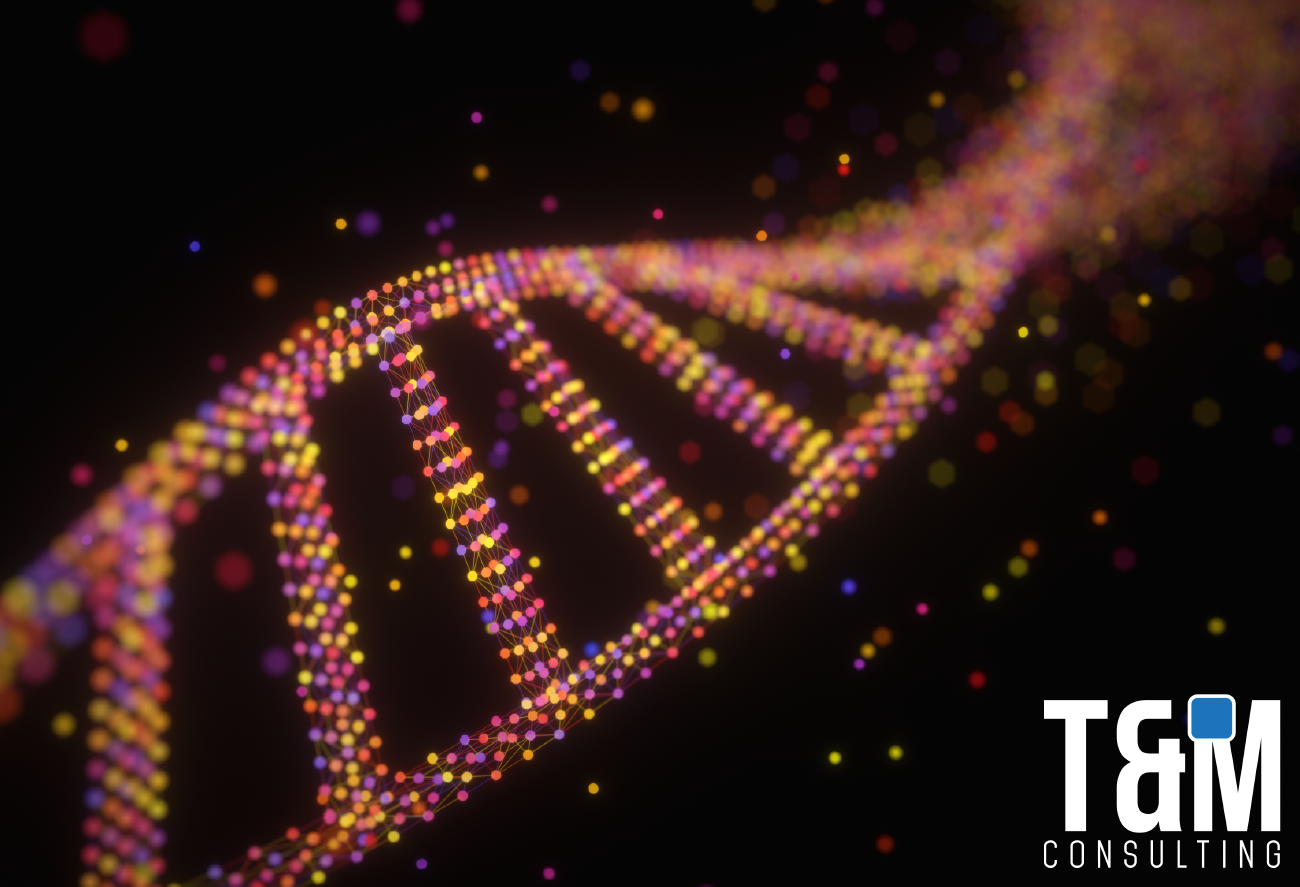Technology
A 16-million-color, high-resolution canvas with digital paint and DNA

From the University of Vienna comes this technological breakthrough, a team of scientists has developed a technique that allows the creation of digital images using DNA as a medium, which becomes a range of possibilities in both the world of art and technology.
To achieve this feat, the researchers used small strands of DNA linked to fluorescent molecules that emit light in red, green, or blue colors. These strands combine with a longer strand to form what is known as a duplex. The stability of these duplexes can be adjusted to vary the color intensity.
The result was to create a palette of 16 million unique colors with a color depth of 24 bits, depending on the adjustments made to each DNA duplex, allowing the shade of each color to be varied, achieving a technique that opens the door to a range of colors comparable to those used in inks and digital displays.
The maskless array synthesis (MAS) technique is a crucial factor in this development, as it allowed synthesizing hundreds of thousands of DNA sequences at a time, determining which color to place in each "pixel" of the canvas, resulting in a high-resolution image of 1024 x 768 pixels, approximately the size of a fingernail.
While the initial focus has been on art, DNA's ability to encode large amounts of information makes this technology promising for data storage. The programmability of DNA could enable significant advances in this field.
Data storage has become a necessity not only at a personal level, but businesses are also investing more and more in data storage, and every day providers are looking to provide a solid infrastructure that guarantees the proper safeguarding of files and data.
The report on the study has been published in the Journal of the American Chemical Society, the researchers suggest that the process could scale to Full HD and 4K resolutions in the future, which is very interesting to see how the disciplines of science and art can collaborate to break new ground in fields as diverse as data storage.
To see the results, visit https://medienportal.univie.ac.at/en/media/recent-press-releases/detailansicht-en/artikel/art-with-dna-digitally-creating-16-million-colors-by-chemistry/
14 de Noviembre, 2023





